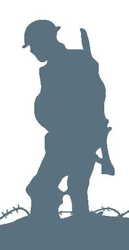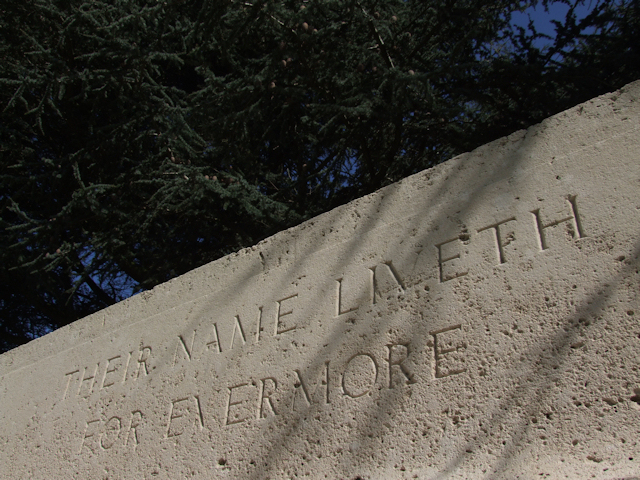Name
Charles William Charnock
Conflict
First World War
Date of Death / Age
Rank, Service Number & Service Details
Bedfordshire Regiment
4th Battalion
Awards: Service Medals/Honour Awards
Not Yet Researched
Cemetery/Memorial: Name/Reference/Country
Headstone Inscription
Not Researched
UK & Other Memorials
Biography
Charles Charnock was born in the winter of 1878,(although at enlistment he gave his birth as 1876) at Bushey. He was the eldest of two sons born to Charles and Eliza Charnock. Charles (senior) was employed as an Engineer, and in 1891 the family lived in Leighton Buzzard. On 3rd November 1900 Charles (junior) married Prudence Lowe at South Acton, and in the 1901 Census he was living with his mother-in-law at 2 Stanley Road, Acton, and was working as a Laundryman. The couple’s first child was born on 6th November 1904 at Kings Langley, and in the 1911 Census Charles was listed being employed by the Metropolitan Asylum Board at Leavesden Asylum. At that point the family lived at 15 Marlin Square, Abbots Langley.
Charles attested in London and enlisted with the Bedfordshire’s. He gave his occupation as Male Nurse. He was added to the Army Reserve and sent home. On 27th June 1916 he was mobilised and posted to the 9th Bedfordshire’s and was subsequently posted to the 3rd Bedfordshire’s on 1st September 1916. Charles remained in the UK until 12th November, when he was sent to France and joined the 8th Bedfordshire’s, in the Bethune area, for a short period before being posted to the 4th Bedford’s in November. Earlier in November the 4th Bedford’s had been in action near Hamel in the Somme Sector, and had lost nearly 200 casualties The battalion withdrew and Charles joined at Nouvion en Ponthieu, near Abbeville. On 5th January, whilst the 4th Bedfordshire’s were still behind the lines in the Somme, Charles was promoted to the rank of Lance Corporal. He remained with the 4th Bedford’s for the rest of his time in the Army, and throughout 1917 the battalion was in action at Miraumont (Somme) in February, where it suffered over 200 casualties. After a period of recuperation the Bedford’s captured the village of Gavrelle during the Battle of Arras and a few days later were in action again at Arleux. The summer was spent in quieter sectors of the Front and at rest camps, before on 30th October the battalion was in action once more in the Second Battle of Passchendaele, where another 260 killed, wounded and missing were sustained. Assuming that Charles would have been present with the battalion throughout 1917, he would have served in these actions, and was fortunate to survive “going over the top” so many times. Charles’ Service Record included several letters which explained why he returned home and was subsequently discharged. In February 1918 the Officer Commanding the Bedfordshire Regiment received a letter from the Advisory Committee of the City of London requesting “the release of No 30604 Lance Corporal C.W.Charnock of the 4th Battalion, Bedfordshire Regiment, in order that he may return to civil employment as a Charge Attendant with the Metropolitan Asylum Board.” The Advisory Committee comprised eminent and experienced men from various classes of business carried on in the City of London. Their role was to advise the National Service representatives of responsible cases that were considered and decided upon by the London Tribunal. It is uncertain who brought a case before the Advisory Committee on behalf of Charles Charnock – maybe his employer or maybe it was due to his age, being around 42 at the time ? However on 3rd March he had returned to the UK and was ordered to report to the Metropolitan Asylum Board on Monday 18th March to resume his duties. The Abbots Langley Roll of Honour noted that he was discharged in August 1918, but does not give a reason. His Service Record confirmed that he was “discharged being surplus to Military requirements“, and was classified Class W, which meant that he was liable to be called back for Military Service at any time. He was formally discharged on 10th January 1919, having previously been demobilised when he returned to the Asylum. On 18th June 1919 Charles received a letter from the Ministry of Pensions indicating that he was eligible for a Pension of five shillings and six pence, payable from the day after his discharge, 11th January 1919. Charles Charnock survived the War.
Additional Information
Discharged Surplus to Military Requirements
Acknowledgments
Roger Yapp - www.backtothefront.org



